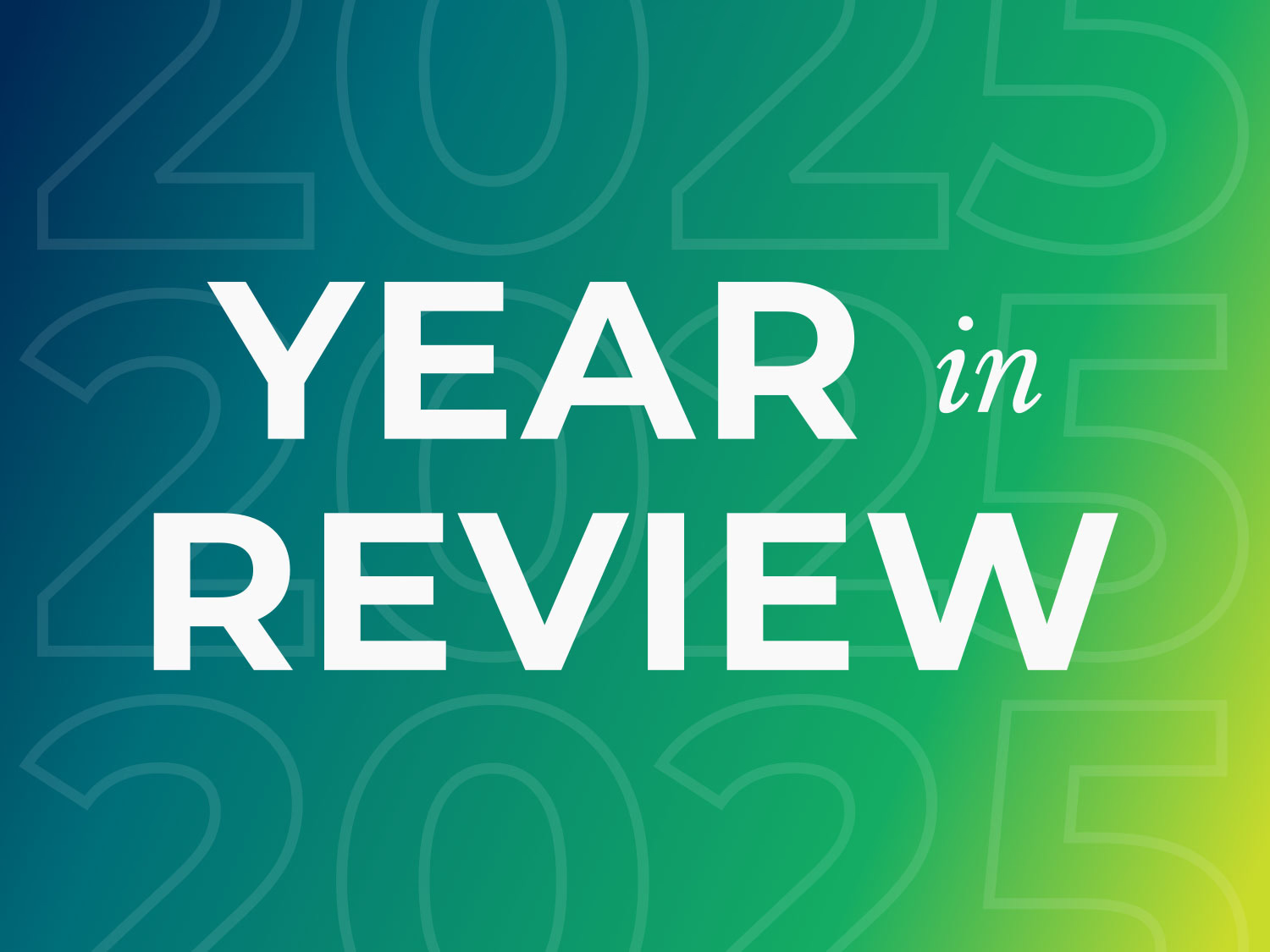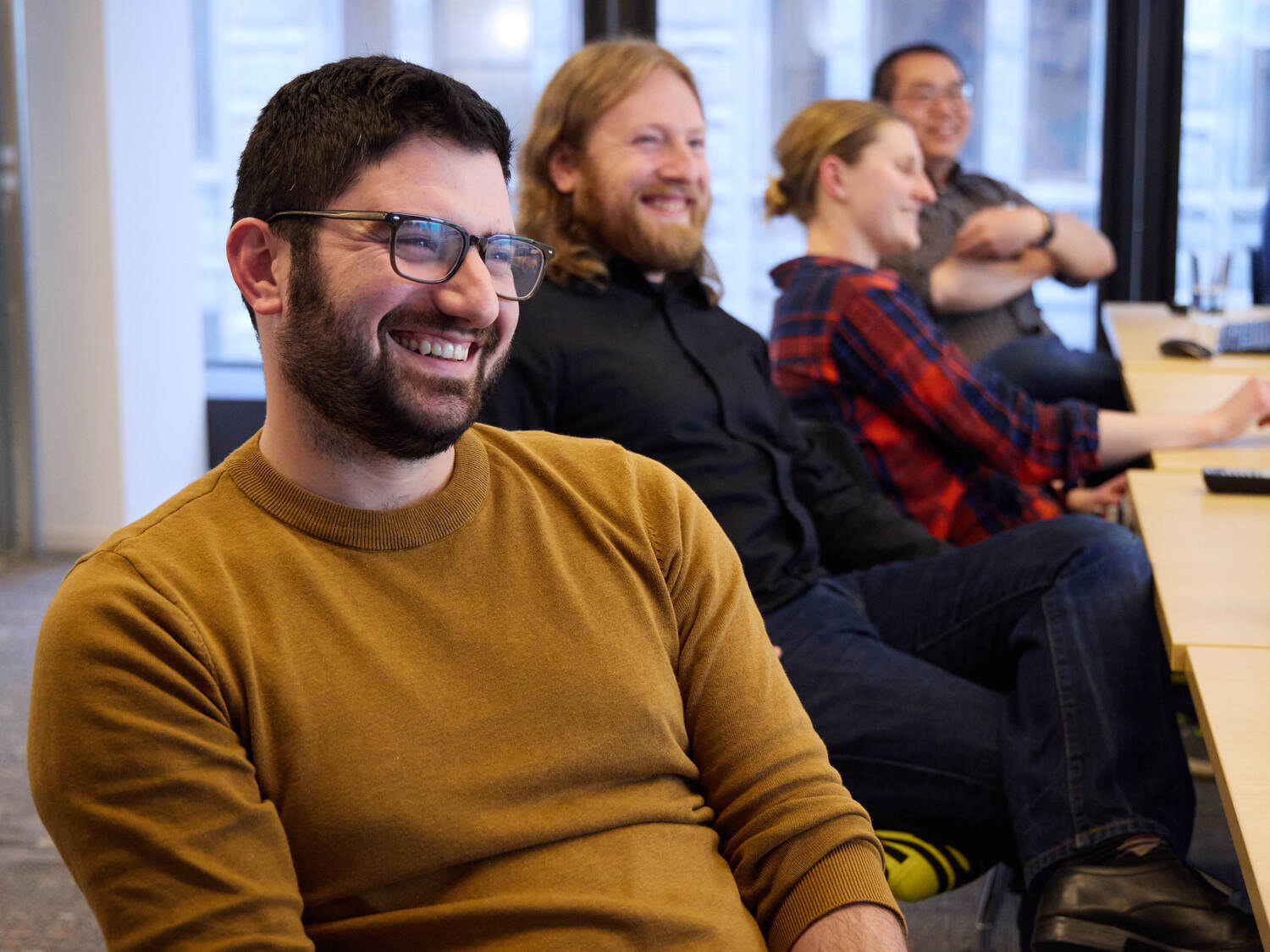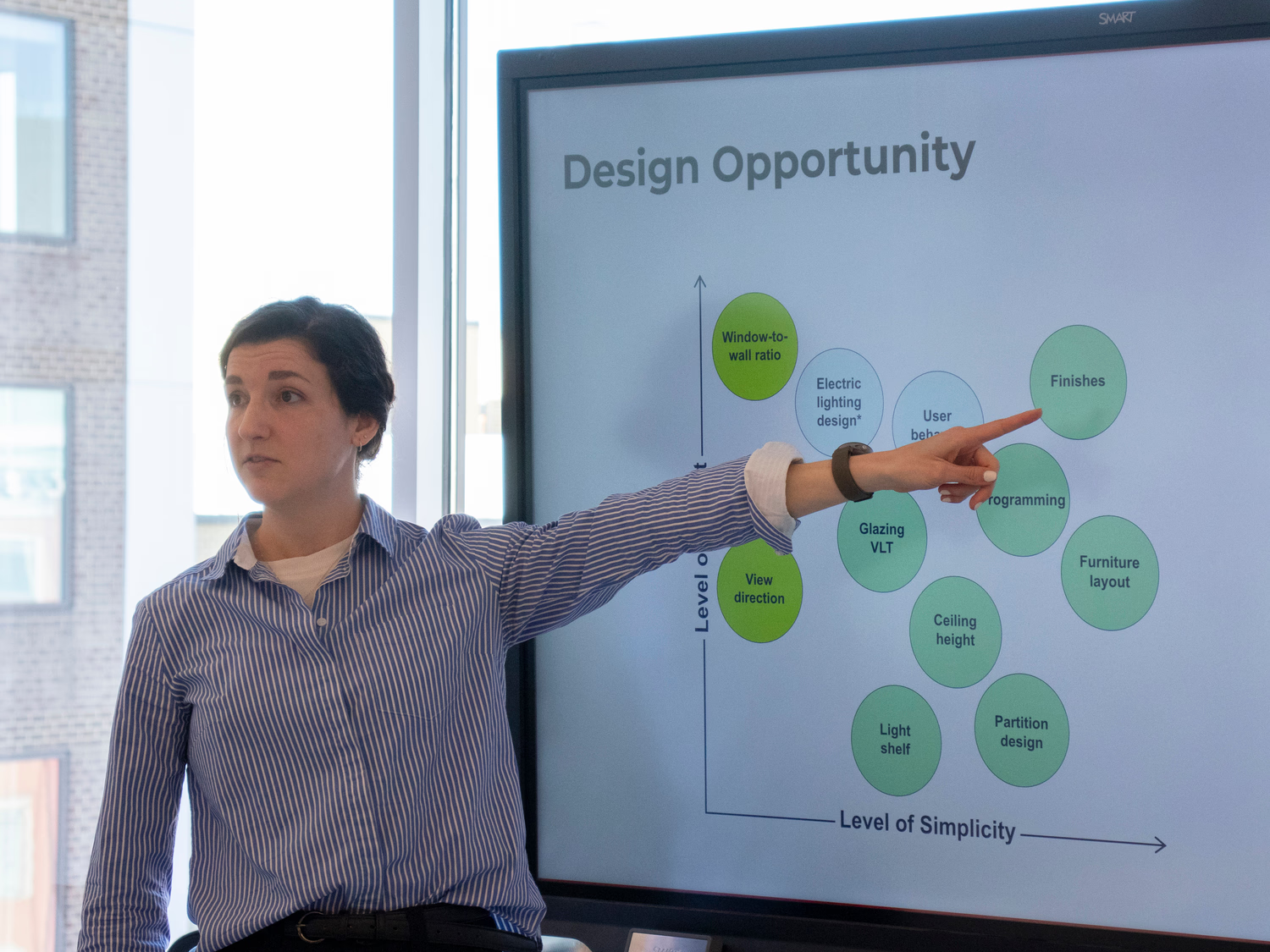The role of museums in society is changing. Once static institutions, museums are reinventing themselves to become more interactive, audience focused, community oriented, flexible, adaptable and mobile. They have become cultural hubs functioning as platforms where creativity combines with knowledge and where visitors can also co-create, share and interact.
INTERNATIONAL COUNCIL OF MUSEUMS
Museums are at a fascinating inflection point. They face challenges including declining attendance, financial constraints, and a changing audience, while also actively exploring opportunities to transform and expand their role in new directions. The museum community is engaged in a multifaceted conversation about the future of museums.
The sometimes-contentious discussion, which includes pressing questions about civic engagement, accession and repatriation policies, and the well-being of employees, reflects the commitment within the museum community to exploration, empathy, and adaptability. These themes reflect both the complex challenges museums face today and their potential to transform through open dialogue and collaboration.
As a part of that community through our relationships with many museum and gallery clients, we at Quinn Evans embrace our role in these conversations with humility, curiosity, and a strong sense of responsibility. Staying informed about cutting-edge developments, even when concepts are still in the process of definition, is the best way we know to engage effectively with our clients, bridging the gap between theoretical discussions and practical applications in museum planning, design, and architecture.

The Impact of a Human-Centered Approach
Traditionally, museums have centered their existence around their collections. However, a paradigm shift is occurring, urging museums to transition from object-focused spaces to people-centric hubs. This change involves museums valuing staff, visitors, and communities just as much as they do their collections – fostering inclusivity and creating safe spaces for dialogue.
All these strands combine in the emerging concept of the empathetic museum. At the heart of the empathetic museum lies a commitment to accessibility and inclusivity and ensuring that collections and programs are available and engaging to all, regardless of background or abilities. Recognizing a role in addressing societal challenges, the empathetic museum provides a space where people can congregate to learn, reflect, and take action.
This shift to a more human-centered, empathetic approach is inspiring museums to embrace fresh narratives and explore more diverse art forms like fashion and textiles that have meaning for larger audiences. Our client, the Baltimore Museum of Art, is at the forefront of these changes. They are renowned for their pioneering and inventive approach, leading the way in fostering inclusivity through progressive accession policies that prioritize local, minority, and women artists. Their exhibitions have included several that spotlight new artists with connections to Baltimore as well as Guarding the Art, which empowered the museum’s security guard staff to curate an exhibition that reflects their perspectives about the museum's collection.
While the obvious focus is on visitors, museums are also workplaces – meaning a key part of the discussion focuses on how to create equitable, sustainable workplaces for museum staff. The conversation includes areas such as examining pay rates, career pathways, and what makes for a healthy work culture. These efforts aim to create safe workplaces that value their people as an asset and cultivate belonging. This not only enhances well-being and happiness generally but also ensures an environment where employees feel safe to take risks that can lead to new ideas and greater engagement.

Taking on the Role of Community Hub
Another aspect of this shift in perspective towards a more human-centric approach is the way museums are beginning to envision a role for themselves as community hubs, breaking down social and economic barriers. In the words of cultural thinker Robert Hewison, "Museums are much more than repositories of objects; they are meeting places for people and ideas. Their future depends on remaining a dynamic part of the public realm."
From job training and language classes to health and wellness initiatives, the potential is there for museums to become multifaceted centers that cater to many interests and aspirations.
In this new paradigm, museums can be likened to libraries, which serve as welcoming havens and meeting points for a broad community. By blurring the lines between traditional museum spaces and community centers, museums can become more accessible and make a more tangible impact on the lives of the people they serve.
However, taking on the role of an inclusive community hub also raises questions about financial sustainability. Museum leaders will have to find ways to balance openness and inclusivity with the need to raise funds to keep their doors open. As a result, museums are exploring more opportunities in non-traditional funding models seen in other public institutions or adding retail or café spaces to supplement their income and attract more visitors who might not otherwise consider themselves "museum-goers."

Fostering Civic Engagement and Navigating Polarization
Art museums play a vital role in our civic life. They are the keepers of our stories, our histories, and our aesthetic traditions—sharing, studying, and preserving visual culture. They are places for convening, for learning, and for inspiration.
MELLON FOUNDATION
In our polarized world, museums find themselves at the crossroads of widening societal divides. Navigating conversations around contentious issues requires museums to be proactive rather than neutral. Recent iterations of the American Alliance of Museums’ annual Survey of Museum Goers indicate that most people support the work of museums to share science, build healthy communities, connect us to one another, and explore our shared history.
The museum community is discussing what it means to be a physical space where people come together face-to-face for dialogue and debate despite potential disagreement. The vision is for museums to serve as crucial hubs for civic engagement, offering invaluable opportunities for individuals to enhance their understanding of the world, hone critical thinking skills, and actively participate in public discourse. Through exhibits, workshops, and programs, museums have an opportunity to educate visitors about the significance of civic engagement and guide them on how to actively contribute to their communities.
Recognizing the imperative for change, there is a collective acknowledgment that the younger generations, with their innate potential and fresh perspectives, are being called upon to play a pivotal role in steering this transformative journey, empowering them to shift mission statements in bolder directions.

Honoring Different Perspectives
The concept of repatriation, or the process of returning cultural artifacts to their countries of origin, has gained significant traction within the museum community and is often in the news. The topic sparks vital conversations about colonialism, ethics, cultural heritage, and reconciliation with indigenous communities.
The movement to decolonize museums signifies the broader commitment by museums to seek out groups of people who have been deprived of their cultural heritage and address historical injustices. Museums are increasingly grappling with the implications of retaining items obtained through looting or other questionable means.
Repatriation is seen as a way to redress these injustices, fostering a sense of closure and returning objects to the communities from which they were taken. But we've also seen controversy over the return of objects like the Parthenon Sculptures. Deciding ownership and determining whether repatriation or retention and education is the appropriate approach can quickly become extremely difficult due to the sensitivities surrounding looted artifacts. Despite these challenges, the pursuit of repatriation offers a positive step forward, opening doors to restore relationships and rebuild trust among communities.
This focus on addressing cultural heritage more fully is also expressed through museums' desire to amplify the voices of historically marginalized or overlooked communities and elevate the voices of descendants of communities that have traditionally been erased or downplayed. Museums increasingly collect artifacts and stories while partnering with descendent communities in curation and presentation to give communities a direct say in how their stories are told.
This commitment to inclusivity also intersects with the growing movement to advocate for social justice and equity, where museums can leverage their platforms to take civic stances that promote change and challenge societal inequities. But it can also provoke charges of political bias that potentially overshadow the museum's intentions. Consequently, the seemingly simple act of creating welcoming and inclusive spaces within museums can also require a careful balancing act for museum leaders.

Sustainability and the Commitment to Net Zero
Sustainability in museum design is an increasingly urgent concern, particularly as architects grapple with helping museums align with the AIA’s 2030 Commitment aiming for net zero building emissions. For architects like us, the goal is to assist museums in adopting realistic strategies that balance the stringent environmental requirements of their collections with energy efficiency. The task becomes especially complex as museums face budget constraints, making large-scale, energy-conscious building system upgrades difficult.
As planners and designers, we collaborate closely with curators and conservators, who understand the specific restrictions tied to different collections. As the museum field works through the realities of climate change, we can be ready to discuss safe adjustments in factors like relative humidity and temperature setpoints, light level controls, and how incremental changes might have larger impacts on energy usage in certain climates.
Beyond the architectural realm, museums are also considering the environmental impact of their missions. Traveling art exhibitions, for instance, are large contributors to museums’ carbon footprints, sparking conversations about waste reduction and eco-friendly alternatives. While architects and designers might not directly influence these aspects, our role does include helping institutions navigate the complexities of waste management and explore innovative solutions to minimize environmental impact.

A Continuing Discussion
In this transformative era, museums are redefining their roles as dynamic, human-centered institutions. Embracing change and proactively engaging with their communities, museums are called to not only evaluate what it means to preserve cultural heritage but also become catalysts for social change.
This isn't always an easy conversation, and progress is not always linear. However, museums have an obligation to grapple with these ideas and the opportunity to advocate for these shifts, fostering a more inclusive, empathetic, and connected world. And as designers, planners, and architects, we are responsible for understanding those desires and creating spaces that enable our museum and gallery clients to fulfill their missions.


.avif)





